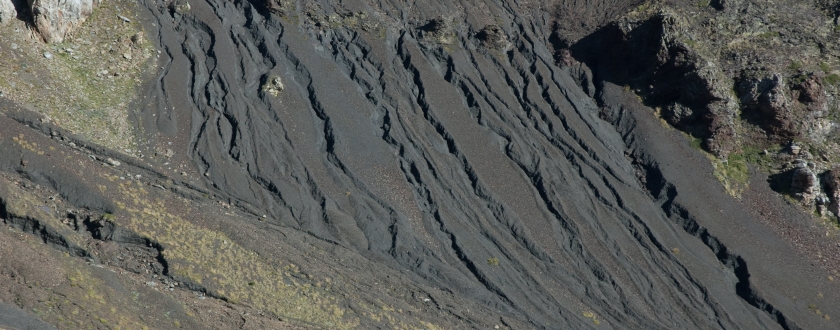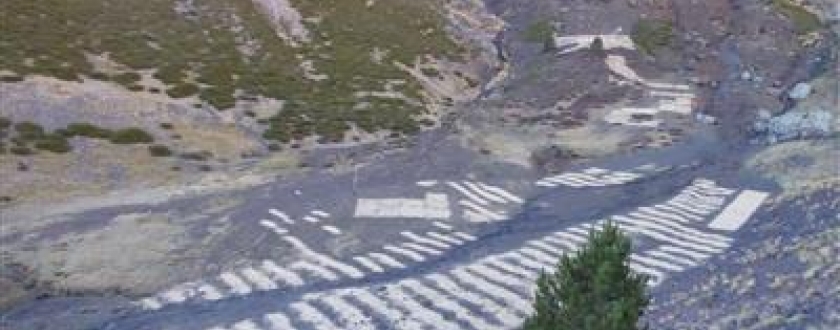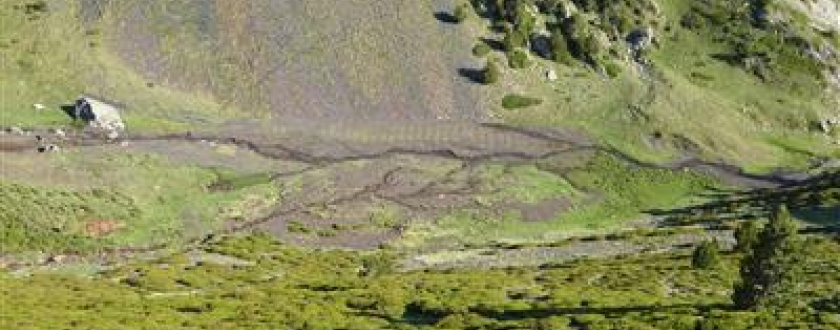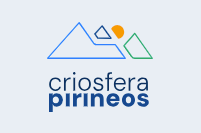Environmental restoration in the Claror river basin
Description of the case study
On 21 July 2015, major gravel (rocky ground of small pebbles and soil) erosion took place due to an episode of torrential rains on the Claror river’s wastelands, specifically on certain very steep slops with little vegetation. As a result, the Claror river (tributary of the Madriu river) was muddied significantly, making the Escaldes-Engordany parish’s water unfit for human consumption for several days. With the area already made fragile, later there were less intense rains recorded that resulted in episodes of exceptional muddying, which caused potable water supplies to be cut again.
The Madriu-Perafita-Claror valley is a cultural landscape and World Heritage site according to the United Nations Education, Science, and Culture Organisation (UNESCO). It is an area that has received minimal intervention, consistently respecting the natural environment, the landscape, and without harming the valley’s natural resources. For this reason, this action's greatest challenge lies in solving the problem with as little intervention as possible in order to avoid any modification to the natural environment.
Once the problem's origin was identified, the need arose to consolidate sediment and slow the erosion process in order to reduce potable water supply cuts.
To achieve this objective of stabilising sediment and reducing erosion episodes in the most sustainable way possible, the following environmental restoration work was carried out:
» Fine material retention dam
» Compacting and homogenising gravel
» Building micro-dams out of foliage
» Restoring the Claror river’s banks
» Trampling with flocks of sheep
» Forming erosion control canals
» Replanting
» Blank testing
It is still too early to be able to evaluate the results obtained, particularly in terms of the stabilisation of vegetation seeded during the autumn of 2016. However, it can be confirmed that sheep remedy work applied as a corrective measure in the Claror basin have provided quite satisfactory results that are in harmony with the environment and demonstrate the potential of shepherding activities to achieve this. A clear example of this is ditch smoothing and compacting, a task that would have been manually inaccessible to operators in safe conditions.
In terms of foliage micro-dams placed within the ditches, they have already been shown to have held back somewhat considerable mudslides without creating livestock interference.
The case has been developed and applied mainly through the goals of other policies not relating to adaptation, but ones that take into account climate change adaptation aspects.
Govern d'Andorra / Comú d'Esclades-Engordany / Institut d'Estudis Andorrans / Silvagrina
Additional Information
» Silvagrina Enginyers Consultors: measure assessment and execution, project management, design, and coordination.
» The Government of Andorra: measure assessment, implementation, and design.
» Comú d'Esclades-Engordany: measure application.
» Instituto de Estudios Andorranos: measure assessment and implementation, design.
In terms of the replanting carried out to reduce erosion processes, the autumn 2016 germination and seeding process can be considered as successful. Even so, despite intense drought during this vegetation period, there is major risk of root fracture due to the formation of needle ice, which could compromise re-sprouting as well as long-term establishment.
On the other hand, as mentioned previously, the foliage micro-dams placed within the ditches have stabilised and held back somewhat considerable mudslides without creating livestock interference. However, its monitoring and the constant application of corrective measures are necessary in order to complete and maintain the micro-dams.
As of now, no assessment has been made regarding total cost. In any case, from a qualitative perspective, the results of the restoration are highly positive, and will be of great use for the production of future protocols and strategies to address soil damaged by intense erosion phenomena that will no doubt happen again sooner or later.
The restoration was carried out with relative urgency, without creating any national action plan or first being connected to any European project. As such, some monitoring and reinforcement actions in 2021 and 2022 may be linked to a SUDOE European project.
08/01/2015 - 31/12/2022 (7 years - in progress)
Reference information
PYRENEAN CLIMATE CHANGE OBSERVATORY
Avenida Nuestra Señora de la Victoria, 8
22.700 - Jaca
Huesca - España
+34 974 36 31 00
info_opcc@ctp.org







